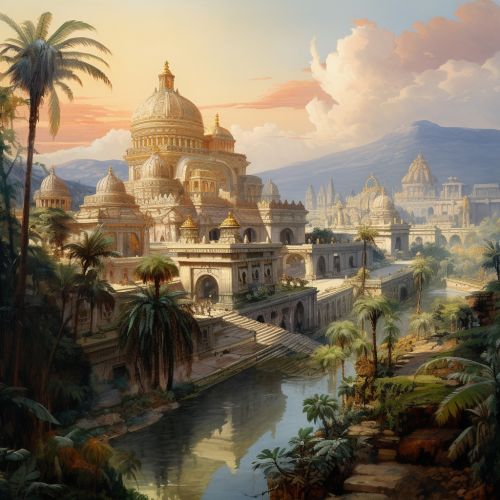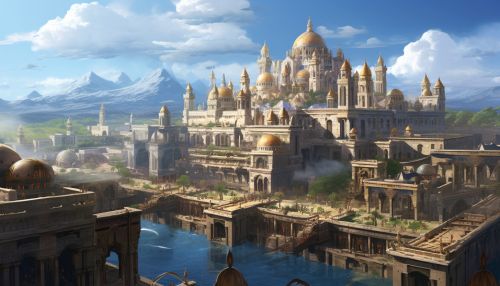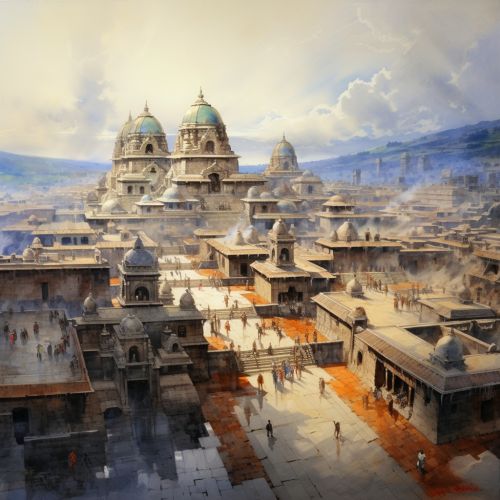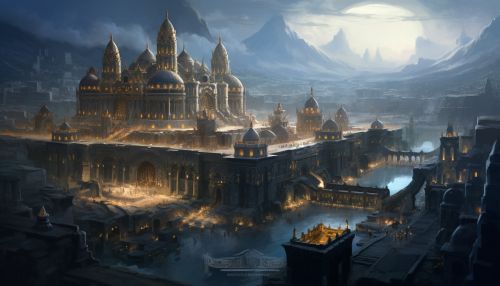Moctezuma II
Early Life
Moctezuma II, also known as Montezuma, was born around 1466 in Tenochtitlan, the capital of the Aztec Empire. He was the son of Axayacatl, the sixth Aztec emperor, and his wife Xochicueyetl. His father's reign was marked by notable military victories, but also by political unrest, which would later influence Moctezuma's approach to governance.


Ascension to the Throne
In 1502, following the death of his uncle Ahuitzotl, Moctezuma II ascended to the throne as the ninth Aztec emperor. His coronation was marked by elaborate rituals and ceremonies, reflecting the Aztecs' complex religious beliefs and the significant role of the emperor as both a political leader and a religious figure.
Reign
Moctezuma II's reign was characterized by a consolidation of power, expansion of the empire, and significant architectural and cultural advancements. He implemented a series of reforms aimed at centralizing power and increasing the efficiency of the empire's administrative and military structures. He also embarked on a number of military campaigns, extending the empire's reach into present-day Honduras and Nicaragua.
Moctezuma II is also known for his significant contributions to the city of Tenochtitlan. He commissioned the construction of the Templo Mayor, a large temple complex dedicated to the Aztec gods Huitzilopochtli and Tlaloc. He also expanded the royal palace and established a zoo and botanical garden, reflecting his interest in natural history.


Contact with Europeans
In 1519, Spanish conquistador Hernán Cortés arrived on the Mexican coast with a small army. Moctezuma II initially welcomed Cortés and his men, believing them to be representatives of the god Quetzalcoatl, who was prophesied to return from the east. This initial hospitality, however, soon turned into conflict as the Spanish began to assert their dominance.
Death and Legacy
Moctezuma II died in 1520, under circumstances that remain unclear. Some accounts suggest that he was stoned to death by his own people, while others claim that he was murdered by the Spanish. His death marked the beginning of the end for the Aztec Empire, which fell to the Spanish in 1521.
Moctezuma II's legacy is complex. He is often remembered as a powerful and effective ruler, but also as the emperor who lost the Aztec Empire to the Spanish. His life and reign continue to be a subject of study and debate among historians and scholars.
